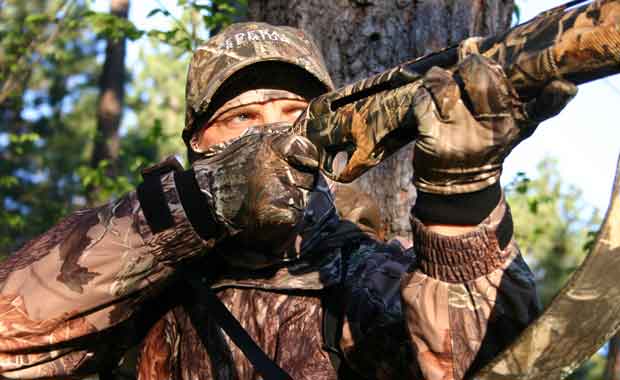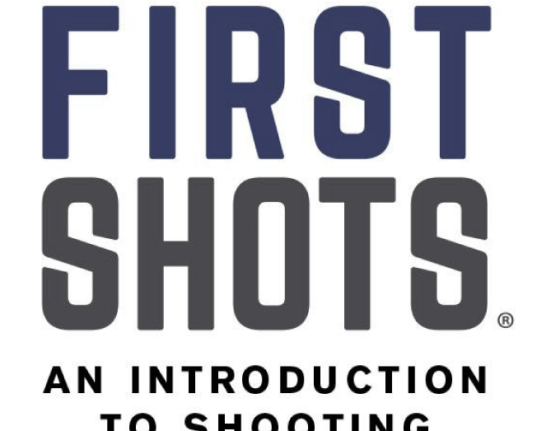GunBroker.com sales data bears out the common understanding sales of hunting guns and gear trend up in late summer and into the fall. However, in recent years, spring hunting opportunities have grown both in range and popularity, offering you the opportunity to tie sales to those pursuits. In case you missed anything along the way, here’s an up-to-date report on spring hunting seasons in the Lower 48 and points north.
Turkey
Reintroduction and expansion of wild turkeys in North America may be the greatest conservation success story of all time. It’s within memory for Boomers when turkeys were only hunted in a few southeastern states. Today, wild turkeys are found and spring-hunted in 49 of the 50 states (sorry, Alaska), plus Mexico, Central America, and several Canadian provinces. When you look at the whole of the Lower 48, spring turkey seasons run long. In places like Florida and south Texas, turkey seasons kick in in early March and run to near the end of May in northern states like New York, Minnesota, and Washington.

Snow Geese
Despite nearly a decade of widespread spring hunting, snow goose populations continue to flourish. This growing horde of hungry geese decimates fragile food sources in the Arctic and drives out other less-aggressive species of waterfowl and wildlife. Federal law has opened options for spring hunting seasons in every state through which light geese migrate. Core spring snow goose states in the Central and Mississippi Flyways include Texas, Arkansas, Louisiana, Missouri, Kansas, Nebraska, Iowa, South Dakota, and North Dakota. There is also great spring hunting for Greater Snow Geese in the Atlantic Flyway from the Carolinas north right on past the St. Lawrence River.
Black Bear
Spring seasons for black bear in the Lower 48 states have been on the decline. Except for special situations like Indian reservation hunts, spring hunting is now limited to western states like Arizona, Idaho, Montana, Oregon, Utah, and Wyoming. Many of those are by permit drawing only. However, northeastern U.S. hunters still have opportunities for spring black bear close at hand in Quebec, New Brunswick, and Newfoundland/Labrador. Prairie and mountain provinces like Manitoba, Saskatchewan, Alberta, and British Columbia all offer spring bear seasons as well.

Crows
Crow hunting is popular by region and can come as close to “high volume” wingshooting as anything this side of the equator. Because crows are migratory, their regulations are controlled at the Federal level. Like waterfowl, the feds will “offer” states season dates for crow hunting. Many states select spring season frameworks to catch the birds on their northern migration.
Squirrels
Did you know there are at least nine states that offer spring squirrel seasons? Many people don’t. In Arkansas squirrel season runs from mid-May through the end of each following February—that’s almost year-round! Other spring and summer seasons are held in Kentucky, Louisiana, Missouri, Oklahoma, Tennessee, East Texas, Virginia, and Kansas.
Other Opportunities

Some types of hunting are available year round, but have peak spring and early summer opportunities. For example, coyotes are considered varmints and can be shot any time. While the fur isn’t of value as warm weather comes in, coyote hunters who are working to reduce local populations stay at it through the cool months of the spring.
The explosion of wild hog populations and the resulting damage to agricultural lands and wildlife habitat have received a great deal of publicity in recent years. Therefore wild hogs are hunted passionately in many forms throughout the year.
In the East and Northeast, groundhog hunting is a traditional springtime pursuit. Whistle pigs offer great long range shooting opportunities in spring hay fields before the alfalfa and clover grow tall enough to hide them. As a bonus, those who have tried them will tell you grass-fed woodchucks are among the finest wild game eating to be found.
On the Great Plains, prairie dog hunting remains extremely popular … and big business. Spring hunting before the grass grows tall offers two advantages. First, the short spring grass makes the vermin stand out for easy spotting. Second, young prairie dogs are emerging and challenge shooters’ skills, as they are only one third the size of the adult “bowling pin” dogs.







